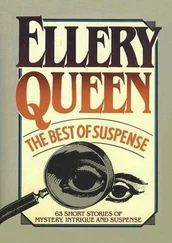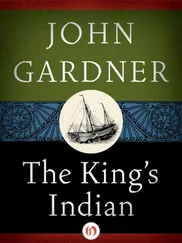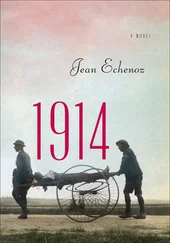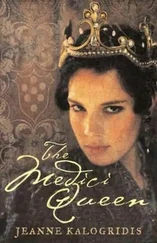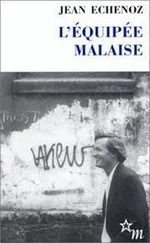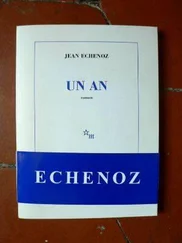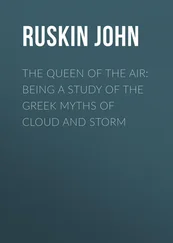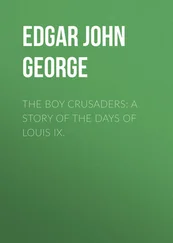The fall of a first section had tumbled six cars, a pickup, and a Miami-bound Greyhound bus 165 feet into the water. A second section of the roadway held on shakily for forty seconds while, alone at the precipice within a yard of the edge, there remained only the beige Oldsmobile with the man and his dog, and behind them, the white Impala bubble top with the black stripe. In the fierce wind and blinding rain, these vehicles had just reached that part of the bridge when it began to shake bizarrely. With zero visibility, however, the drivers attributed the phenomenon to the weather and kept going, but staring automatically at the windshield, the driver of the Olds abruptly saw a freighter straight down in the bay while there now seemed to be, between him and this freighter, nothing. Stunned at the sight and by the quaking of the roadway, he slammed on the brakes and began to leave his car, advising his dog to do likewise. When the dog refused to follow him, the man made the mistake of hesitating a moment while the roadway started heaving even more frenetically. Then it was the whole world that began to seesaw: more suspending rods had given away, dropping that part of the span and all it carried, flinging the Oldsmobile with the man and his dog and Valentine Anderson’s Impala bubble top through the air. Respectively, they performed a double and a triple salto through gray space before landing right on the Summit Venture, rebounding heavily off its bow to go sink thirty feet into the bay, as the interior of the Chevrolet rocked to the beat of “Upside Down” sung by Diana Ross — and that song, that week, was number nineteen on the hit parade.
Down in the fog where he was, in his corner of the parking lot under the downpour, Gluck was not able to see that all these vehicles, having kept their windows closed on account of the weather, were not immediately swallowed up by the bay. Resurfacing for a few seconds in the crossfire of waves, as if in limbo, they floated a while thanks to their air bubbles, just long enough for the other songs playing on the other radios to end and then, slowly, they went under.
Gluck started his car, maneuvered his way out of the lot, and disappeared in the direction of Orlando and, seven years later, the bridge was replaced by a more solid structure with a cable-stayed main span in the fan design. To make it more visible in all kinds of weather, care was taken to paint it in a livelier color: covering the 435 miles of its cables required three thousand gallons of yellow paint.
LET’S TAKE FOR EXAMPLE, sitting in an empty and cubical cell of carceral appearance, a young woman named Céleste Oppenheim. She consists of a lovely tall person wearing her black hair in a pageboy, with an indifferent expression but a penetrating gaze, while her face and figure are striking enough to arouse the immediate interest of absolutely any casting or commercial and fashion modeling agency. A figure all the more riveting, by the way, in that Céleste Oppenheim happens at the moment to be wearing only a white bra and panties, there being no other clothing lying around on the furniture since there is no furniture here, neither chair nor table nor storage unit, only a bed, or more precisely, a couchette bed.
This scanty clothing does not seem to bother the young woman because it is ferociously hot in the no-frills, vapid, windowless cube with sweating bare yellow walls. Poorly illuminated by two neon ceiling fixtures, one of them crackling, the cube is equipped with an outsize radiator that explains all this heat, a washbasin, and that metal couchette bed, a single: rusty, reduced to a bedstead bolted to the floor, covered with a pad of polyurethane foam crumbling at the corners and at one end of which lies a bedspread with gray and beige motifs, folded in six, the other end being at present sat upon by Céleste Oppenheim. The latter shows no emotion when the cell door slides open to reveal two men of about forty: dressed alike in cotton duck pants of the same faded blue and sou’westers (one a candied chestnut color, the other bottle green, both embroidered on the left arm with an insignia in red silk), the men could just as well be two associates as an official with his underling.
Without speaking or entering, from the threshold they beckon the young woman, who next finds herself in a sort of storeroom, a large, dimly lit space apparently warehousing bags, crates, chests, and other boxes. Making their way among these containers they come to a small open area where, hanging from a rack, is an outfit composed of rubber and metal devices including a mask and flippers. Candied Chestnut indicates to Céleste Oppenheim that she should put all this on, while Bottle Green speaks up politely to warn her that what comes next will not be a piece of cake. His defective elocution, however, as fuzzy as a poorly tuned radio, prevents the young woman from following this speech while she is dressing, distracted as she already is by the complexity of the outfit as well as by her relief — probably — at no longer finding herself just about naked in front of two male strangers. Of the man’s stammered cautions, she basically catches only the words prudence and pressure, that last apparently the main object of his warning.
Once the young woman has donned this equipment, Candied Chestnut hands her a Btex polyester bag with huge zippered pockets while guiding her toward another sliding door, through which she passes to find herself in a new cell much like the other one. The difference being that this one is even more empty, distinctly more humid, and neither heated nor lighted at all, devoid of the slightest furnishing and at the far end of which, exactly matching the shutter about to be locked behind her, Céleste Oppenheim has barely time to glimpse, straight ahead, another closed door. A few seconds later, she hears jets of water hissing all around her in the dark, more and more powerfully until she soon feels her calves, thighs, waist, and then her chest submerged. As soon as the water reaches her shoulders, she lowers the mask to cover her face and waits for the door in front of her to rumble open.
When it has and Céleste Oppenheim is completely underwater, the young woman stretches out horizontally in the prone position and glides through the opening into more blackness. Turning on a large flashlight extracted from one of the bag’s zippered pockets, she inspects her new environment: nothing remarkable at first glance in this icy opacity. Before getting her bearings, she turns to look at the dark contour of the submarine from which she has just emerged and which hovers as she does at a depth of about eighty feet, subjecting her, as Bottle Green had said, to three and a half bars of pressure — one of atmospheric pressure while the other two and a half are hydrostatic.
The sub in question is a small one, modeled after the Aurore class of submarines (Q200) built in Nantes between 1945 and 1960 at the Dubigeon shipyard, but twice as small, about a hundred feet long and drawing thirteen feet of water, able to descend to a depth of 330 feet thanks to its diesel-electric propulsion system and as it sinks toward the abysses swimming with increasingly blind and ugly fish, the young woman sees only a teardrop silhouette, a pale blackfin tuna on a darker black backdrop.
The flanks of submarines being rarely supplied with windows, no familiar yellow glow framed — why not — by cretonne curtains sends out any reassuring signal. For a moment the submersible’s expressionless albacorean profile may be glimpsed, diminishing as they each go their own way, and Céleste Oppenheim rapidly finds herself all alone at the bottom of the sea. As her eyes gradually adjust to this biotope, she begins to distinguish a bit of flora, a bit of fauna traversing the flashlight beam from time to time. Among the daphnia and sponges she encounters a bevy of moonfish, a few jellyfish of the Linuche or the pelagic kind, and a member of the “knit-striped” sea snake family. Not far away must roam dugongs and manatees, sharks, rays, and chimaeras 1—all creatures that would tell an expert that she is somewhere in a marine environment of the Indo-Pacific. Opening another pocket of her Btex bag, Céleste Oppenheim pulls out a square sheet of plastic printed with contours, axes, and coordinates.
Читать дальше

